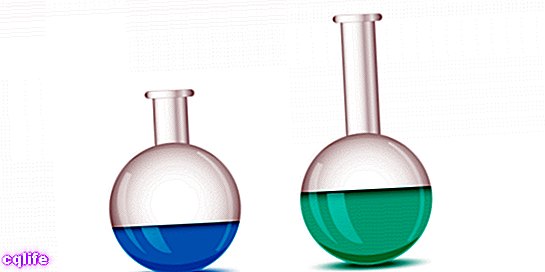We explain what the watch glass used in laboratories is, what it is for and other characteristics. In addition, other laboratory items.
The watch glass is resistant to corrosives and high temperatures.What is watch glass?
A laboratory instrument designed as a circular sheet of transparent glass is known as watch glass or watch glass. Its shape is concave-convex and its name comes from its resemblance to the glass that covered the face of ancient pocket watches.
It is a common laboratory material, typically used in the chemistry. It is often made from a mixture from metal and glass in order to increase its resistance up to 150 ºC of temperature.
What is watch glass for?

Watch glass has a number of uses in the laboratory. The most common is as a container of substances, to weigh or mash them, or to contain potentially corrosive or very hot substances. It is the ideal container to evaporate substances, because by resisting above the Boiling point of Water, it can be heated without fear of melting or destroying.
It can also be used as a lid or cover for a beaker to allow the entry of air and the exchange of gases, while preventing the entry of dust into a substance that is needed pure and uncontaminated.
Watch glass features
Watch glass is always round, medium-sized and delicate in nature, that is, fragile to mechanical impacts, despite its resistance to corrosive chemical agents or relatively high temperatures. It is transparent, lightweight and more or less economical to manufacture.
Other laboratory instruments

Other common materials or instruments in the laboratory are the following:
- Petri capsule. Also known as a "plate" or "box", it is a round, transparent container with a cover of the same material, made of plastic or glass, and capable of closing although not hermetically. It is used for cell culture and to contain biological specimens whose behavior is to be observed.
- Test tube It is a glass tube (although there are also currently some made with certain plastics) with a cylindrical shape. It is open at one end, and at the other it is closed with a hemispherical shape. It is used to contain medium or small samples (liquid or solid), and also to generate small chemical reactions inside.
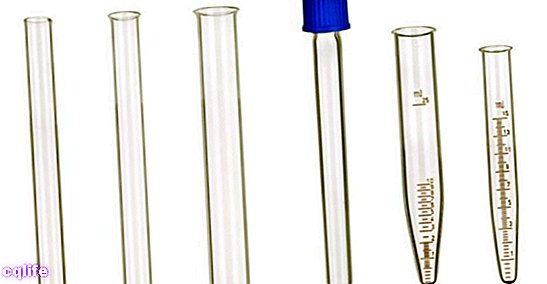
- Agitator. It is a glass rod (although it could be made of another material) that is used to shake or stir the mixtures. Nowadays, mechanical stirrers have been developed that use another way to stir mixtures.
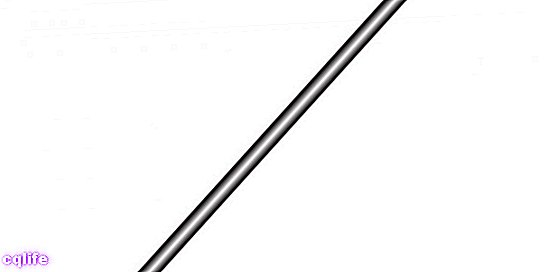
- Pipette. It is an elongated, cylindrical instrument used to measure volumes from liquids. It can be made of glass or plastic and of different designs.
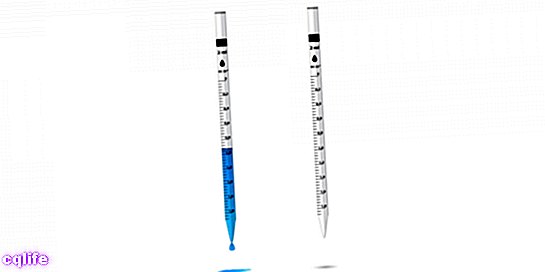
- Test tube. It consists of a graduated glass (sometimes plastic) container used to measure volumes of liquids. It is cylindrical and elongated in shape, and rests on a base.
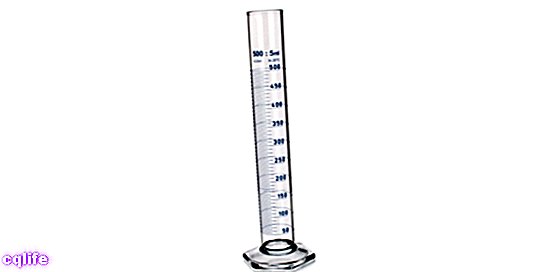
- Burette. It is a graduated container that is used to measure volumes of liquids. It is cylindrical and elongated in shape. It can be made of glass, and rubber burettes are also made today. The upper end is open and the lower end contains a tap that, when opened, lets out the liquid whose volume is to be measured.
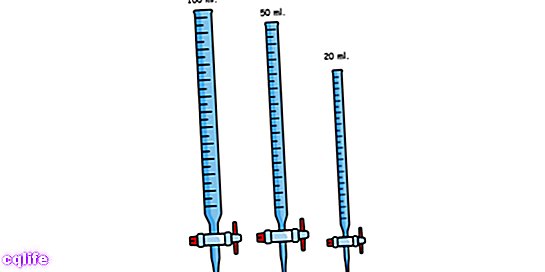
- Beaker. It is a thin cylindrical container, with a flat bottom and capacities printed along its height, ranging from a few milliliters to several liters in capacity. It can be made of metal, borosilicate glass, or plastic.

- Settling ampoule. Also called funnel decantation, is a glass container with an upper plastic lid and a stopcock at the bottom, culminating in a tube. It serves, precisely, to decant substances. It is shaped like a transparent cone.

- Erlenmeyer flask. It is a glass bottle with a wider body than its upper cylindrical mouth, whose shape is useful for mixing by shaking, or to allow mixing evaporation controlled fluid. It is usually labeled on its side.

- Distillation flask. Also called "ball of distillation"Or" Florentine flask ", is a flask with a long neck and a spherical body, designed to allow the uniform heating of substances and the redirection of vapors. In its neck it generally has a lateral detachment tube through which gases or fumes.
